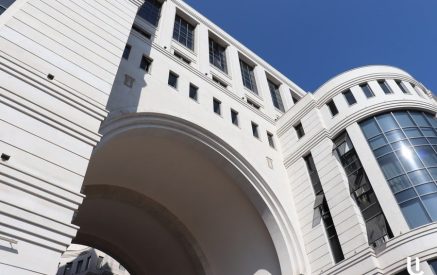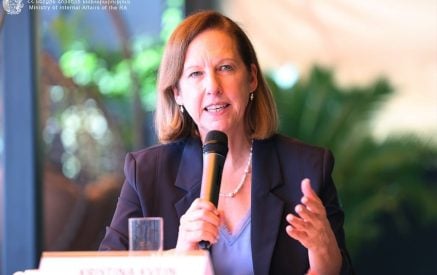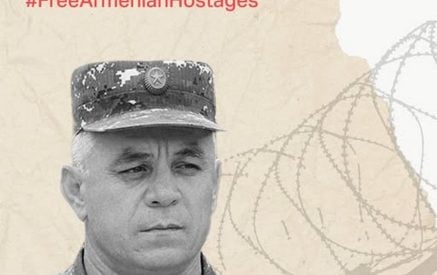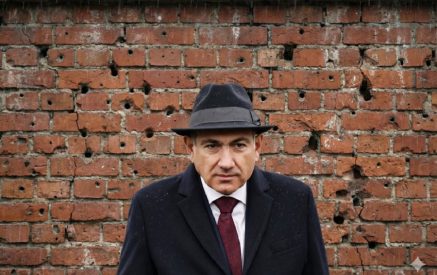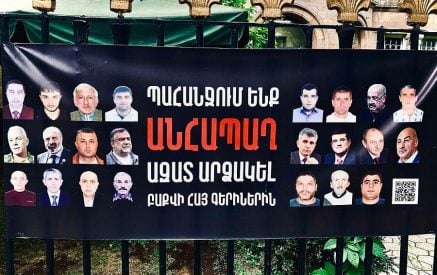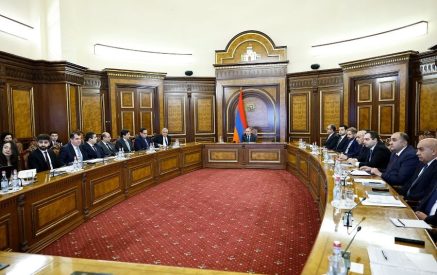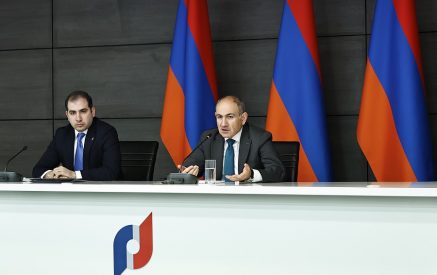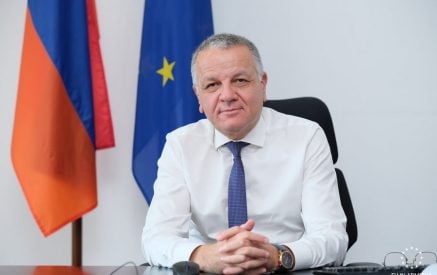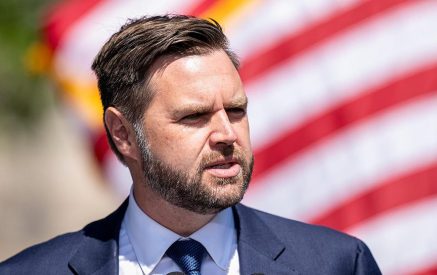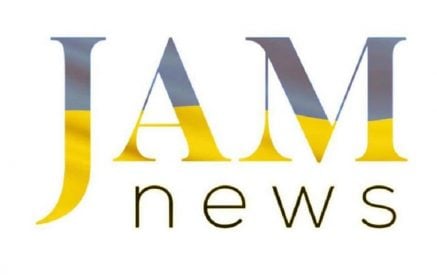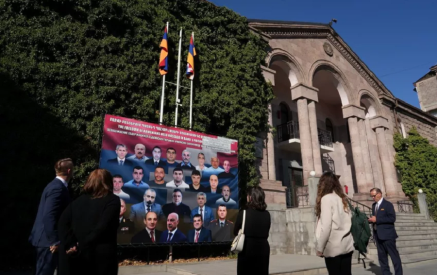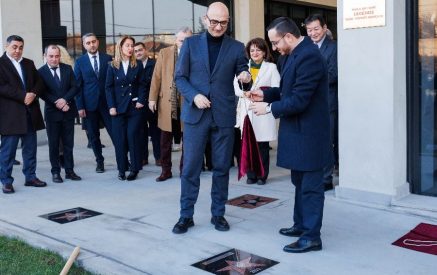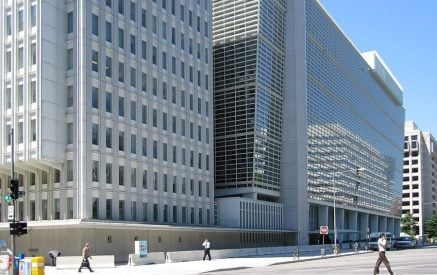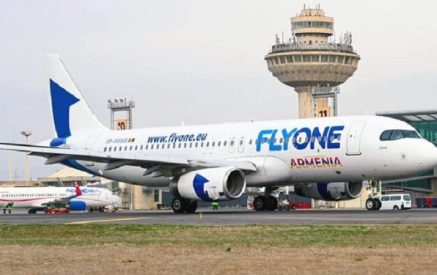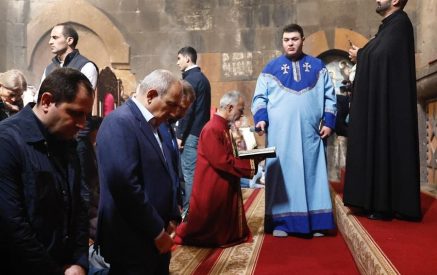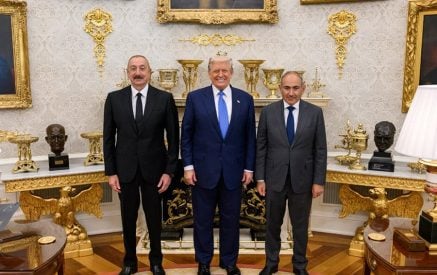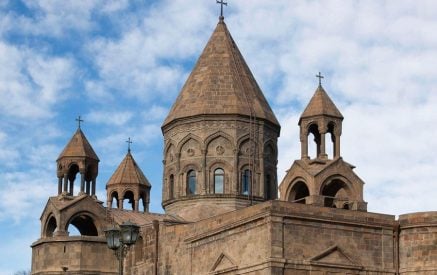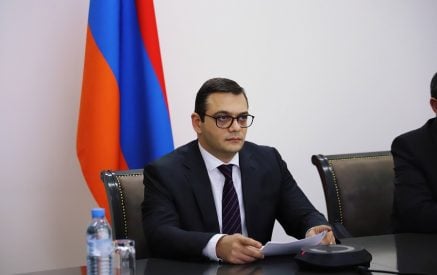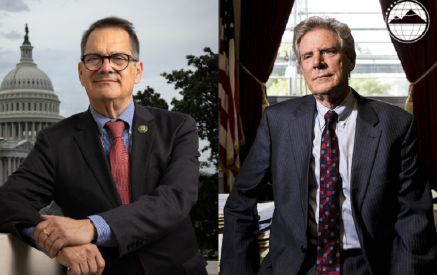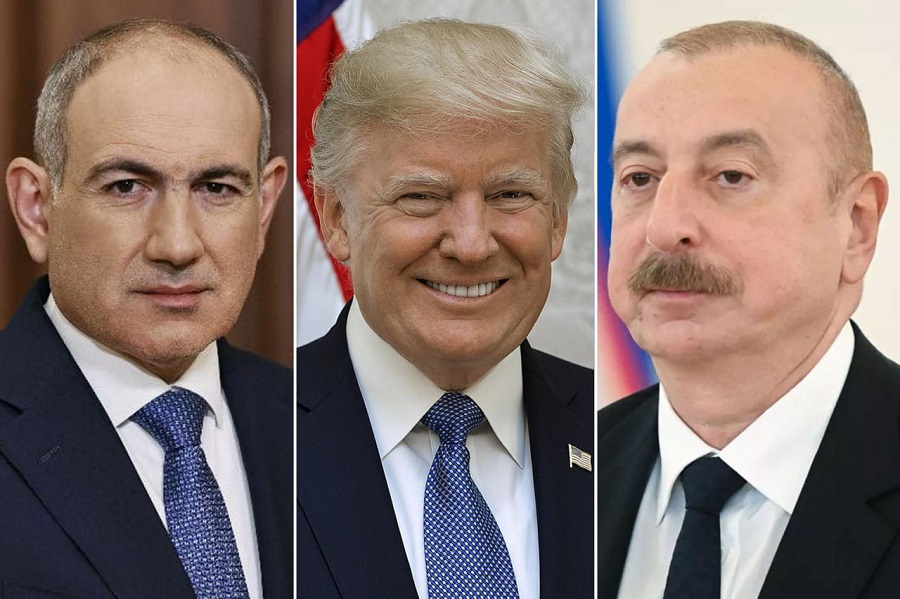JAMnews. Armenian officials have confirmed reports in international and local media that a meeting between Trump, Pashinyan, and Aliyev will take place in Washington on 8 August.
“The prime minister of Armenia, Nikol Pashinyan, will hold a bilateral meeting with US president Donald Trump aimed at deepening the Armenia–US strategic partnership, as well as a trilateral meeting with the president of the United States and the president of Azerbaijan, Ilham Aliyev, focused on advancing peace, prosperity, and economic cooperation in the region,” the prime minister’s office said in a statement on Thursday morning.
It remains unclear whether a peace agreement or any other document will be signed or initialled following the meeting.
Armenia’s ruling Civil Contract party has described the signing of a peace deal as the “maximum goal”. Earlier, US analyst Michael Scott Doran reported that Trump plans to meet first with Pashinyan, then with Aliyev, followed by a joint statement issued “in the presence of both leaders.”
Read also
The talks are taking place amid discussions over a proposal for a US company to manage a road that would connect Azerbaijan with its Nakhchivan exclave via Armenian territory. Arman Yeghoyan, an MP from the ruling faction, recently stated that the US had offered to lease the route — a proposal the Armenian authorities rejected due to concerns over national sovereignty.
Political analyst Boris Navasardyan noted that, for now, the discussions are focused solely on reopening a road through Armenian territory — a communication link long demanded by Baku. He stressed that only in the longer term could this unblocking extend to routes that also serve Armenia’s interests.
He added that Armenia may ultimately need to consider a concession arrangement, given the challenges of implementing such infrastructure projects unilaterally.
“If we are talking about unblocking not 20 years from now, but in the near future, we need to look at various models and concession regimes,” Navasardyan said. “It is essential that the Armenian side provides security along the route and maintains customs and border control. This is important to ensure that Armenian sovereignty is not undermined.”
Details below include commentary from political analyst Boris Navasardyan and Azerbaijani studies expert Tatevik Hayrapetyan.
Baku insists on ‘no contact with Armenian border guards’
Azerbaijan is demanding an extraterritorial road — the so-called “Zangezur corridor” — claiming that Armenia must provide unimpeded access between mainland Azerbaijan and the Nakhchivan exclave. The Armenian authorities have responded that any unblocking of regional links must be based on four principles: sovereignty, jurisdiction, territorial integrity, and reciprocity.
During his most recent press conference, Armenian prime minister Nikol Pashinyan stated that reciprocity poses a challenge: “There is a railway on Azerbaijani territory, but none on Armenian territory.” He was pointing to the need for investment specifically on the Armenian side.
In July, Yerevan received a proposal from Washington regarding potential US involvement in reopening regional transit routes.
Talks are still ongoing about the possible outsourcing of certain road-related functions to an American company. However, the specific responsibilities it would assume remain unclear.
Amid these discussions, Azerbaijani president Ilham Aliyev stated: “Azerbaijani cargo and citizens must not encounter Armenian border guards or any other officials.” Yerevan responded that “crossing into Armenian territory is not possible without oversight by local authorities.”
Commentary
Political analyst Boris Navasardyan believes the upcoming Washington meeting will hold few surprises for either side. He predicts that the outcome is likely to be a joint statement or memorandum of understanding:
“It is unlikely that a peace agreement will be signed or initialled. In any case, it will serve as an incentive to continue the Armenian-Azerbaijani dialogue on all fronts.”
He notes that discussions are proceeding along two parallel tracks: a peace agreement and the unblocking of regional transport routes. While the latter is being negotiated outside the formal peace deal, Navasardyan views the two processes as interconnected. He argues that any progress, in either area, would be a positive outcome:
“In terms of connectivity — cooperation and economic ties will in themselves contribute to peace. That will make military solutions less attractive.”
He adds that US involvement in the process is already “a significant factor”:
“It encourages both sides to engage in more constructive dialogue and serves as a reminder that negotiations cannot go on indefinitely.”
Navasardyan notes that Aliyev has responded positively to Trump’s political moves in the past and is unlikely to break from that pattern. In his view, Baku is more receptive to Washington’s mediation efforts than it was to those led by the European Union — particularly since “Trump’s partner Erdoğan is also interested in the Armenian-Azerbaijani settlement.”
He also points out that Azerbaijan’s long-standing preconditions for a peace deal — constitutional changes in Armenia and the formal dissolution of the OSCE Minsk Group — remain in place, though they are now mentioned less frequently. At the same time, Baku is now talking about the possibility of initialling a peace agreement, which he sees as a sign of a “more constructive attitude”. This, he suggests, could be linked to Armenia’s upcoming 2026 parliamentary elections:
“It’s possible that Azerbaijan is showing constructiveness to avoid a change of government in Armenia — or at least to reduce its chances. It’s also possible that Baku will return to a tougher stance after the elections if nothing changes on our side. But for now, if there is an opportunity, it should be taken.”
Azerbaijani studies expert Tatevik Hayrapetyan monitors publications in Azerbaijani media. According to her, “propaganda outlets are actively promoting the narrative that the Washington meeting proves Armenia has accepted the proposal to lease a road through Syunik.” She does not share this view, however, and stresses that Baku does not appear to be considering the signing of any formal document:
“Aliyev has stated outright that he will not agree to signing anything. What he needs is the continuity of the process — because the process itself gives him new leverage.”
Commenting on the possibility of US pressure, Hayrapetyan notes that Aliyev has experience resisting external pressure:
“He understands that unless any party takes concrete action against him, everything else is just unpleasant noise. It starts, and then it ends.”
She believes neither Yerevan nor Baku has a clear idea of what to expect from the Washington meeting. However, Azerbaijan has developed a clear agenda — to push forward the Abraham Accords, dissolve the OSCE Minsk Group, and seek the suspension of Section 907, which restricts US military aid to Azerbaijan.
Hayrapetyan says it’s unclear what agenda the Armenian side is bringing to Washington.
Still, she believes it’s a valuable opportunity to raise, for instance, the issue of Armenian prisoners still held in Baku:
“This is a topic the White House is familiar with. It could be framed as a meaningful step toward peace.”
Hayrapetyan places strong importance on US-brokered negotiations. She argues that in direct talks without mediation, Pashinyan is often handed “an updated list of Aliyev’s political wishes.”
At the same time, she stresses the importance of persistence and consistency on the part of the mediator:
“I see US mediation — and Trump’s personal involvement, possibly driven by political and personal ambitions — as an opportunity. But only if the visit is accompanied by substantive discussions that reflect Armenian interests. It could also be a valuable chance to curb Aliyev’s growing political ambitions.”





